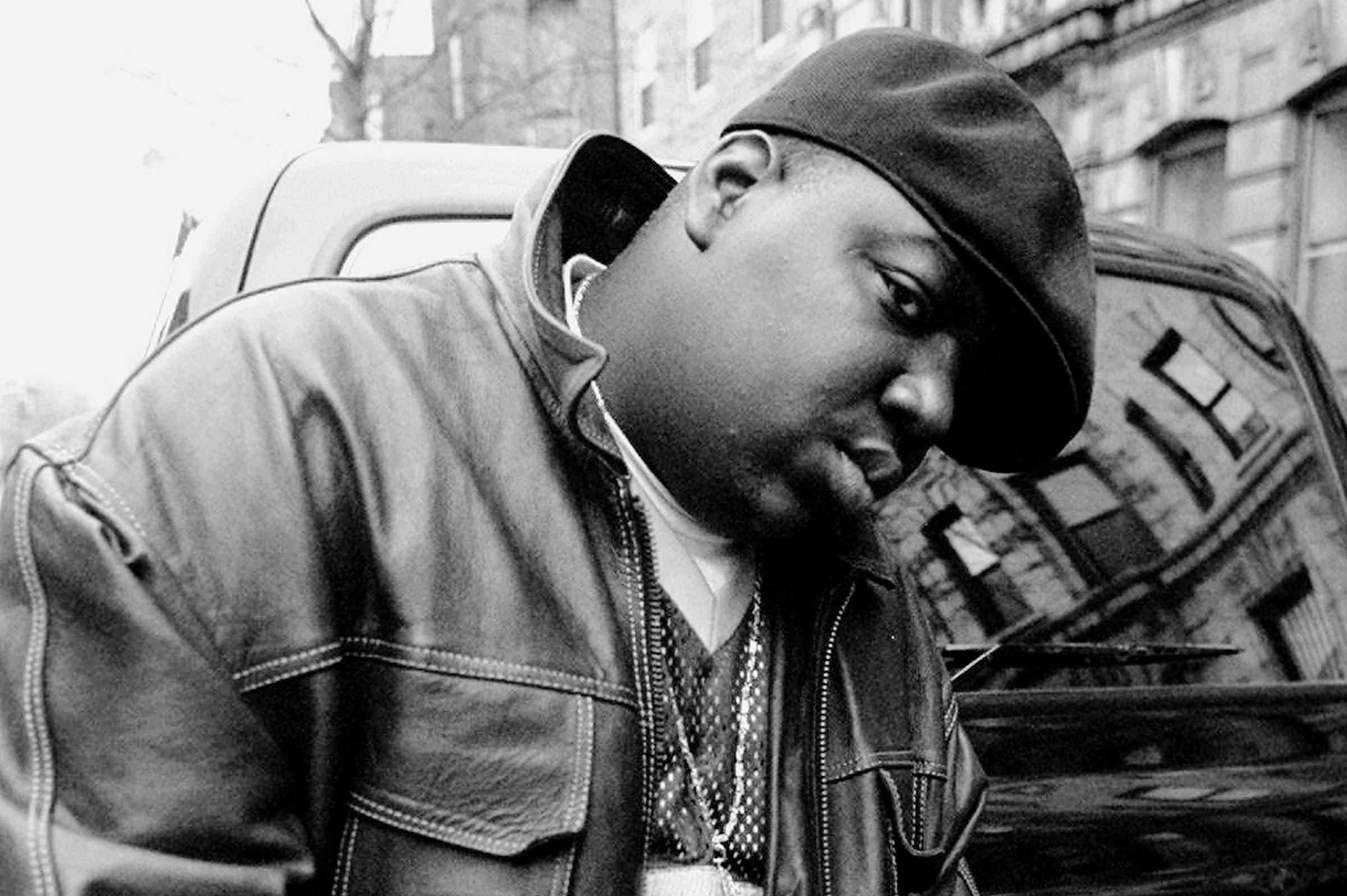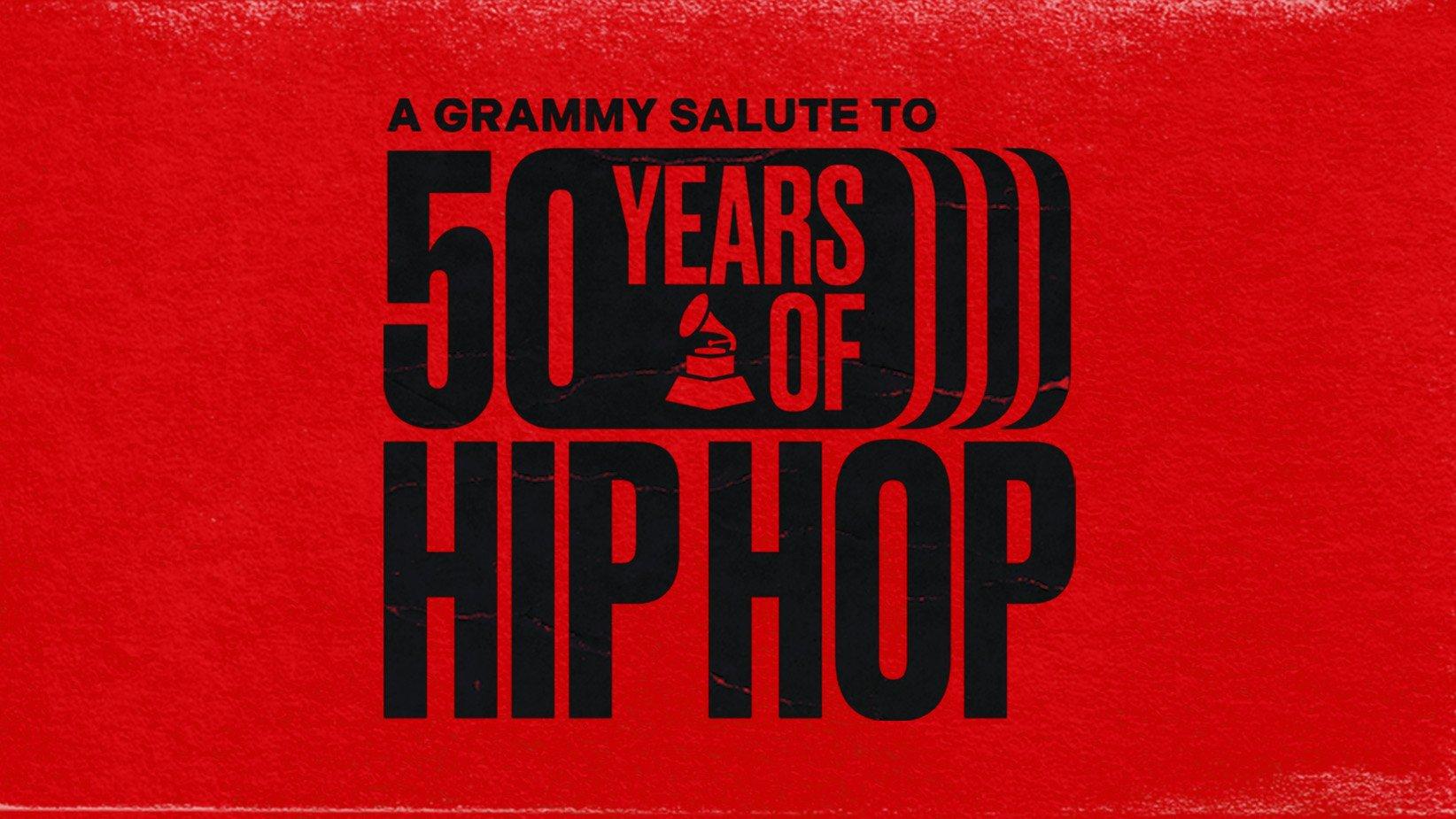While significant attention was devoted to the celebration of hip-hop in 2023 — an acknowledgement of what is widely acknowledged as its 50th anniversary — another important anniversary in hip-hop is happening this year as well. Specifically, it’s been 30 years since 1994, when a new generation entered the music industry and set the genre on a course that in many ways continues until today.
There are many ways to look at 1994: lists of great albums (here’s a top 50 to get you started); a look back at what fans and tastemakers were actually listening to at the time; the best overlooked obscurities. But the best way to really understand why a single 365 three decades ago had such an impact is to narrow our focus to look at the important debut albums released that year.
An artist’s or group’s debut is their entry into the wider musical conversation, their first full statement about who they are and where in the landscape they see themselves. The debuts released in 1994 — which include the Notorious B.I.G.'s Ready to Die, Nas' Illmatic and Southernplayalisticadillacmuzik from Outkast — were notable not only in their own right, but because of the insight they give us into wider trends in rap.
Read on for some of the ways that 1994's debut records demonstrated what was happening in rap at the time, and showed us the way forward.
Hip-Hop Became More Than Just An East & West Coast Thing
The debut albums that moved rap music in 1994 were geographically varied, which was important for a music scene that was still, from a national perspective, largely tied to the media centers at the coasts. Yes, there were New York artists (Biggie and Nas most notably, as well as O.C., Jeru the Damaja, the Beatnuts, and Keith Murray). The West Coast G-funk domination, which began in late 1992 with Dr. Dre’s The Chronic, continued with Dre’s step brother Warren G.
But the huge number of important debuts from other places around the country in 1994 showed that rap music had developed mature scenes in multiple cities — scenes that fans from around the country were starting to pay significant attention to.
To begin with, there was Houston. The Geto Boys were arguably the first artists from the city to gain national attention (and controversy) several years prior. By 1994, the city’s scene had expanded enough to allow a variety of notable debuts, of wildly different styles, to make their way into the marketplace.
Read more: A Guide To Texas Hip-Hop: Definitive Releases, Artists & Events
The Rap-A-Lot label that first brought the Geto Boys to the world’s attention branched out with Big Mike’s Somethin’ Serious and the Odd Squad’s Fadanuf Fa Erybody!! Both had bluesy, soulful sounds that were quickly becoming the label’s trademark — in no small part due to their main producers, N.O. Joe and Mike Dean. In addition, an entirely separate style centered around the slowed-down mixes of DJ Screw began to expand outside of the South Side with the debut release by Screwed Up Click member E.S.G.
There were also notable debut albums by artists and groups from Cleveland (Bone Thugs-N-Harmony, Creepin on ah Come Up), Oakland (Saafir and Casual), and of course Atlanta — more about that last one later.
1994 Saw The Pinnacle Of Boom-Bap
Popularized by KRS-One’s 1993 album Return of the Boom Bap, the term "boom bap" started as an onomatopoeic way of referring to the sound of a standard rap drum pattern — the "boom" of a kick drum on the downbeat, followed by the "bap" of a snare on the backbeat.
The style that would grow to be associated with that name (though it was not much-used at the time) was at its apex in 1994. A handful of primarily East Coast producers and groups were beginning a new sonic conversation, using innovations like filtered bass lines while competing to see who could flip the now standard sample sources in ever-more creative ways.
Most of the producers at the height of this style — DJ Premier, Buckwild, RZA, Large Professor, Pete Rock and the Beatnuts, to name a few — worked on notable debuts that year. Premier produced all of Jeru the Damaja’s The Sun Rises in the East. Buckwild helmed nearly the entirety of O.C.’s debut Word…Life. RZA was responsible for Method Man’s Tical. The Beatnuts took care of their own full-length Street Level. Easy Mo Bee and Premier both played a part in Biggie’s Ready to Die. And then there was Illmatic, which featured a veritable who’s who of production elites: Premier, L.E.S., Large Professor, Pete Rock, and Q-Tip.
The work the producers did on these records was some of the best of their respective careers. Even now, putting on tracks like O.C.’s "Time’s Up" (Buckwild), Jeru’s "Come Clean" (Premier), Meth’s "Bring the Pain" (RZA), Biggie’s "The What" (Easy Mo Bee), or Nas’ "The World Is Yours" (Pete Rock) will get heads nodding.
Major Releases Balanced Street Sounds & Commercial Appeal
"Rap is not pop/If you call it that, then stop," spit Q-Tip on 1991’s "Check the Rhime." Two years later, De La Soul were adamant that "It might blow up, but it won’t go pop." In 1994, the division between rap and pop — under attack at least since Biz Markie made something for the radio back in the ‘80s — began to collapse entirely thanks to the team of the Notorious B.I.G. and his label head and producer Sean "Puffy" Combs.
Biggie was the hardcore rhymer who wanted to impress his peers while spitting about "Party & Bulls—." Puff was the businessman who wanted his artist to sell millions and be on the radio. The result of their yin-and-yang was Ready to Die, an album that perfectly balanced these ambitions.
This template — hardcore songs like "Machine Gun Funk" for the die-hards, sing-a-longs like "Juicy" for the newly curious — is one that Big’s good friend Jay-Z would employ while climbing to his current iconic status.
Solo Stars Broke Out Of Crews
One major thing that happened in 1994 is that new artists were created not out of whole cloth, but out of existing rap crews. Warren G exploded into stardom with his debut Regulate… G Funk Era. He came out of the Death Row Records axis — he was Dre’s stepbrother, and had been in a group with a pre-fame Snoop Dogg. Across the country, Method Man sprang out of the Wu-Tang collective and within a year had his own hit single with "I’ll Be There For You/You’re All I Need To Get By."
Anyone who listened to the Odd Squad’s album could tell that there was a group member bound for solo success: Devin the Dude. Keith Murray popped out of the Def Squad. Casual came out of the Bay Area’s Hieroglyphics.
Read more: A Guide To Bay Area Hip-Hop: Definitive Releases, Artists & Subgenres From Northern California
This would be the model for years to come: Create a group of artists and attempt, one by one, to break them out as stars. You could see it in Roc-a-fella, Ruff Ryders, and countless other crews towards the end of the ‘90s and the beginning of the new millennium.
Multi-Producer Albums Began To Dominate
Illmatic was not the first rap album to feature multiple prominent producers. However, it quickly became the most influential. The album’s near-universal critical acclaim — it earned a perfect five-mic score in The Source — meant that its strategy of gathering all of the top production talent together for one album would quickly become the standard.
Within less than a decade, the production credits on major rap albums would begin to look nearly identical: names like the Neptunes, Timbaland, Premier, Kanye West, and the Trackmasters would pop up on album after album. By the time Jay-Z said he’d get you "bling like the Neptunes sound," it became de rigueur to have a Neptunes beat on your album, and to fill out the rest of the tracklist with other big names (and perhaps a few lesser-known ones to save money).
The South Got Something To Say
If there’s one city that can safely be said to be the center of rap music for the past decade or so, it’s Atlanta. While the ATL has had rappers of note since Shy-D and Raheem the Dream, it was a group that debuted in 1994 that really set the stage for the city’s takeover.
Outkast’s Southernplayalisticadillacmuzik was the work of two young, ambitious teenagers, along with the production collective Organized Noize. The group’s first video was directed by none other than Puffy. Biggie fell so in love with the city that he toyed with moving there.
Outkast's debut album won Best New Artist and Best New Rap of the Year at the 1995 Source Awards, though the duo of André 3000 and Big Boi walked on stage to accept their award to a chorus of boos. The disrespect only pushed André to affirm the South's place on the rap map, famously telling the audience, "The South got something to say."
Read more: A Guide To Southern Hip-Hop: Definitive Releases, Artists & Subgenres From The Dirty South
Outkast’s success meant that they kept on making innovative albums for several more years, as did other members of their Dungeon Family crew. This brought energy and attention to the city, as did the success of Jermain Dupri’s So So Def label. Then came the "snap" movement of the 2000s, and of course trap music, which had its roots in aughts-era Atlanta artists like T.I. and producers like Shawty Redd and DJ Toomp.
But in the 2010s a new artist would make Atlanta explode, and he traced his lineage straight back to the Dungeon. Future is the first cousin of Organized Noize member Rico Wade, and was part of the so-called "second generation" of the Dungeon Family back when he went by "Meathead." His world-beating success over the past decade-plus has been a cornerstone in Atlanta’s rise to the top of the rap world. Young Thug, who has cited Future as an influence, has sparked a veritable ecosystem of sound-alikes and proteges, some of whom have themselves gone on to be major artists.
Atlanta’s reign at the top of the rap world, some theorize, may finally be coming to an end, at least in part because of police pressure. But the city has had a decade-plus run as the de facto capital of rap, and that’s thanks in no small part to Outkast.
Why 1998 Was Hip-Hop's Most Mature Year: From The Rise Of The Underground To Artist Masterworks





